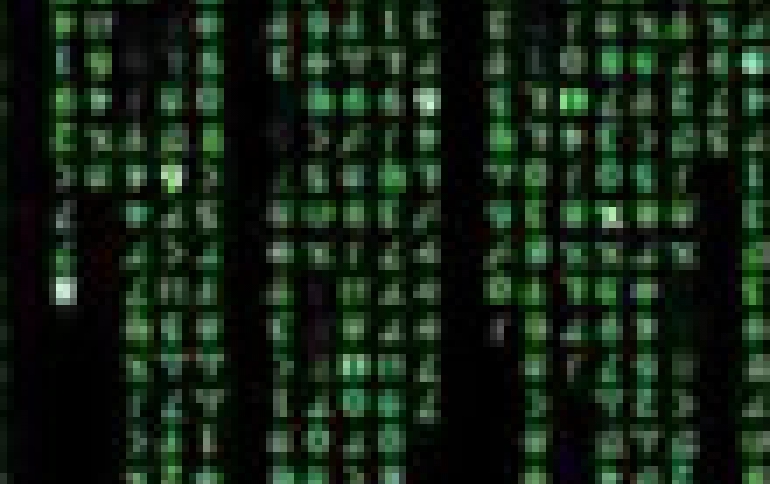
NSA Intercepts Computer Hardware, Laptops: report
German magazine Der Spiegel on Sunday published a new story about the operations of the National Security Age, which is said to intercept computer deliveries, exploit hardware vulnerabilities, and even hijack Microsoft's internal reporting system in order to spy on their targets.
The magazine's revelations relate to a division of the NSA known as Tailored Access Operations, or TAO.
Citing internal NSA documents, the magazine said TAO used high-tech gadgets such as computer monitor cables specially modified to record what is being typed across the screen, USB sticks secretly fitted with radio transmitters to broadcast stolen data over the airwaves, and fake base stations intended to intercept mobile phone signals on the go.
The report says that some of the attacks exploit weaknesses in the architecture of the Internet to deliver malicious software to specific computers. Others take advantage of weaknesses in hardware or software distributed by information technology companies, including Cisco and Huawei Technologies.
Vulnerabilities found on Western Digital's and Dell's products were also known to NSA, allowing the agency to tale advantage of them and spy consumers, Der Spiegel says.
NSA was also reportedly tracked targets that were ordering online new computers or other electronic accessories, it intercepted the hardware in transit, and planting in them espionage software before being sent on its way.
The NSA is also allegedly able to spy on Microsoft .'s crash reports. The reporting system is intended to help Microsoft engineers improve their products and fix bugs, but Der Spiegel said the NSA was also sifting through the reports to help spies break into machines running Windows.
The Der Spiegel report also notes that the NSA has successfully tapped into some of the under-sea fiber-optic cables that connect the global data infrastructure, in particular the "SEA-ME-WE-4" cable system.
Citing internal NSA documents, the magazine said TAO used high-tech gadgets such as computer monitor cables specially modified to record what is being typed across the screen, USB sticks secretly fitted with radio transmitters to broadcast stolen data over the airwaves, and fake base stations intended to intercept mobile phone signals on the go.
The report says that some of the attacks exploit weaknesses in the architecture of the Internet to deliver malicious software to specific computers. Others take advantage of weaknesses in hardware or software distributed by information technology companies, including Cisco and Huawei Technologies.
Vulnerabilities found on Western Digital's and Dell's products were also known to NSA, allowing the agency to tale advantage of them and spy consumers, Der Spiegel says.
NSA was also reportedly tracked targets that were ordering online new computers or other electronic accessories, it intercepted the hardware in transit, and planting in them espionage software before being sent on its way.
The NSA is also allegedly able to spy on Microsoft .'s crash reports. The reporting system is intended to help Microsoft engineers improve their products and fix bugs, but Der Spiegel said the NSA was also sifting through the reports to help spies break into machines running Windows.
The Der Spiegel report also notes that the NSA has successfully tapped into some of the under-sea fiber-optic cables that connect the global data infrastructure, in particular the "SEA-ME-WE-4" cable system.





















